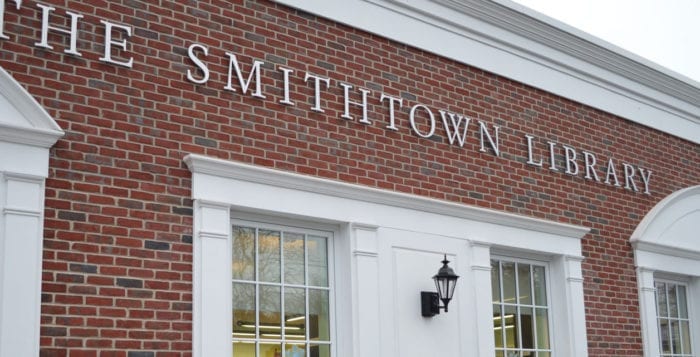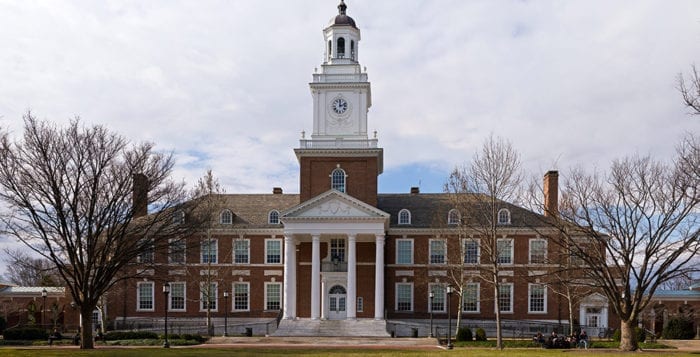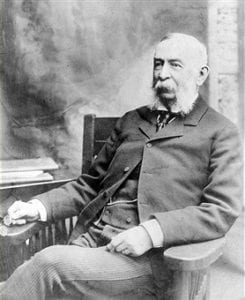By Sara-Megan Walsh
A Northport restaurateur is hoping the third time’s a charm as she attempts to blend together the best of two worlds in a newly opened Cause Cafe.
Stacey Wohl, former owner of Our Table, reopened her dining room on Fort Salonga Road Sept. 29 to bring back Cause Cafe. She hopes to pair her passion for fine food and wine with a supportive hands-on daytime-work environment for young adults with cognitive and developmental disabilities.
“I’m melding together both restaurants,” she said. “It will be an upscale eclectic Caribbean- and Mexican-inspired restaurant with food I like, but also supporting the cause.”

Wohl first opened Cause Cafe in Spring 2016 as a small coffee shop offering breakfast foods, sandwiches and more. Inspired by her two children, Brittany and Logan who both have autism, she offered employment and hands-on job training to young adults with disabilities. Unfortunately, its doors closed in February 2017.
The small cafe was quickly transformed into Our Table, which focused on the trend of farm-to-table dining featuring local ingredients. But the upscale restaurant wasn’t a good match for the area, according to Wohl, who said she gained much from the experience.
“I learned that sometimes people just want comfort food,” she said. “I also wanted food that’s reasonably priced that I could take out for my kids, that’s also healthy.”
The restaurateur has decided to blend her former eateries together in the latest incarnation of Cause Cafe. The food will be prepared by a new chef, Seth Sloan, formerly of Hotel Indigo’s Bistro 72 in Riverhead.
Diners will find familiar dishes from Our Table’s brunch menu, according to Wohl, but the French toast gets a Caribbean-inspired makeover by adding some mango. During the day, there will be salads, wraps, paninis and baked goods, served up by individuals with disabilities or available for takeout.

In the evenings, the former staff of Our Table will take over presenting upscale dishes such as marinated grass-fed skirt steak in a chimichurri sauce and pan-seared wild Salmon with a mango sauce. The drink menu features an extensive wine and beer selection now that the establishment has secured its liquor license.
“I’m a wine aficionado and love visiting the vineyards, but they require travel,” Wohl said. “Long Island has some amazing wines, but not many people know it.”
Her wine list includes Bedell Cellars as well as boutique bottles made by Anthony Nappa, who also works for Raphael in Peconic. Local beers available on tap include brews from Great South Bay Brewery, Greenpoint Beer and Ale, and Sand City Brewing.
“My goal is to open up multiple stores and get Cause Bakeries going again,” Wohl said.
She said she hopes to develop a chain of eateries that can combine job training for individuals with disabilities and a fine-dining experience.
In addition, Wohl said she wants to cultivate a business relationship with local wineries to expand the sale of baked goods made by young adults with disabilities in her shop, with proceeds going to nonprofits and organizations that help these individuals.




















 Lisa Scott is the president of the League of Women Voters of Suffolk County, a nonprofit, nonpartisan organization that encourages the informed and active participation of citizens in government and influences public policy through education and advocacy. For more information, visit www.lwv-suffolkcounty.org, email
Lisa Scott is the president of the League of Women Voters of Suffolk County, a nonprofit, nonpartisan organization that encourages the informed and active participation of citizens in government and influences public policy through education and advocacy. For more information, visit www.lwv-suffolkcounty.org, email 






